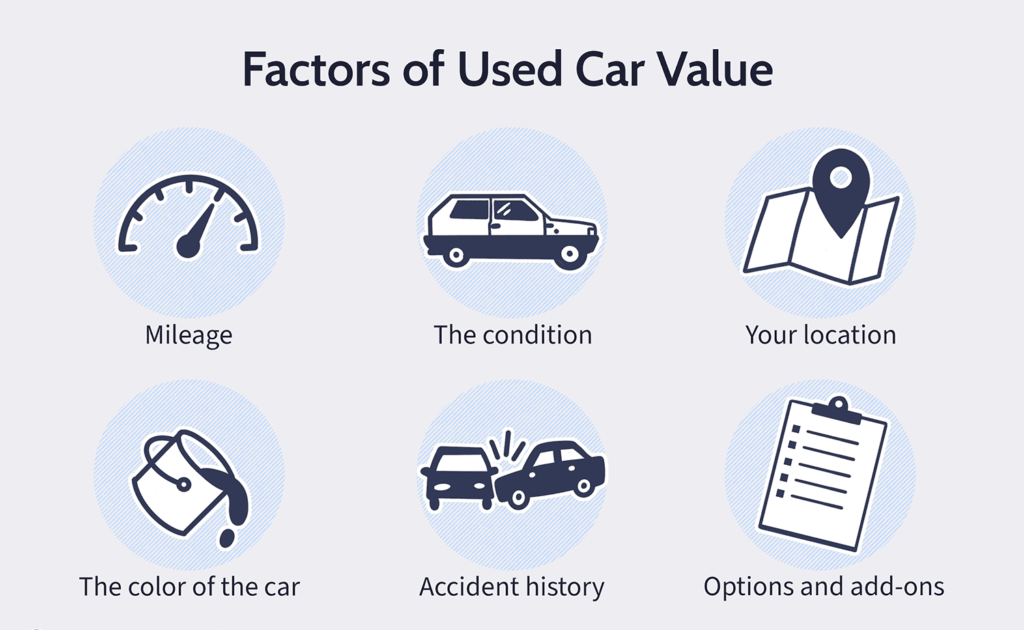Factors Influence the Pricing of New Cars

The pricing of new cars is a complex interplay of various factors that extend far beyond the sticker price on the showroom floor. Manufacturers, dealerships, and external economic forces all contribute to the final figure consumers see. In this article, we delve into the intricate web of elements that shape the pricing of new cars.
Pricing of New Cars

Production Costs:
The fundamental factor influencing car prices is the cost of production. Raw materials, labor, and manufacturing processes all contribute to the overall expenses incurred by automakers. Innovations in materials and production techniques can impact these costs and subsequently influence the price of the final product. Manufacturers and dealerships incorporate online vehicle verification to establish a transparent and trustworthy environment, adding a layer of authenticity to the information presented to potential buyers.
Technological Features:
The inclusion of cutting-edge technology and advanced features significantly impacts a car’s price. From state-of-the-art infotainment systems to advanced safety features and autonomous driving capabilities, the more sophisticated the technology, the higher the cost of the vehicle.
Regulatory Compliance:
Stringent safety and environmental regulations set by governing bodies can influence car prices. Meeting these standards often requires additional engineering and technology, which can result in increased production costs that are passed on to the consumer.
Brand Reputation:
The reputation and prestige associated with a brand play a pivotal role in determining pricing. Established luxury brands often command higher prices, as consumers are willing to pay a premium for the perceived quality and status associated with the name.
Market Demand:
Basic economic principles of supply and demand come into play in the automotive industry. If a particular model is in high demand and there is limited supply, manufacturers may increase the price to maximize profits. Conversely, a surplus of a particular model can lead to price reductions to stimulate sales.
Economic Conditions:
The overall economic climate, including inflation rates and interest rates, can impact the Pricing of New Cars. High inflation may drive up production costs, while fluctuating interest rates can influence financing options, indirectly affecting the affordability of new cars.
Exchange Rates:
As the automotive industry is globalized, exchange rates play a crucial role. Fluctuations in currency values can impact the cost of imported components, affecting the overall production cost and, subsequently, the Pricing of New Cars.
Dealer Markup:
Dealerships play a role in setting the final price consumers pay. Dealer markup, which covers operational costs and provides profit for the dealership, can vary. Negotiation skills and market competition can influence the final price a consumer pays for a new car.
Government Incentives:
Governments often provide incentives for the purchase of certain types of vehicles, such as electric cars. These incentives, which can include tax credits or rebates, directly affect the effective cost to the consumer.
Competition:
Intense competition within the automotive industry can lead to price wars between manufacturers. Car companies may strategically price their models to gain a competitive edge and capture market share.

Conclusion:
The pricing of new cars is a multifaceted process influenced by a combination of internal and external factors. Understanding these elements empowers consumers to make informed decisions while shedding light on the intricate dynamics that shape the automotive market. As the industry continues to evolve, the interplay of these factors will undoubtedly impact how cars are priced in the years to come.
